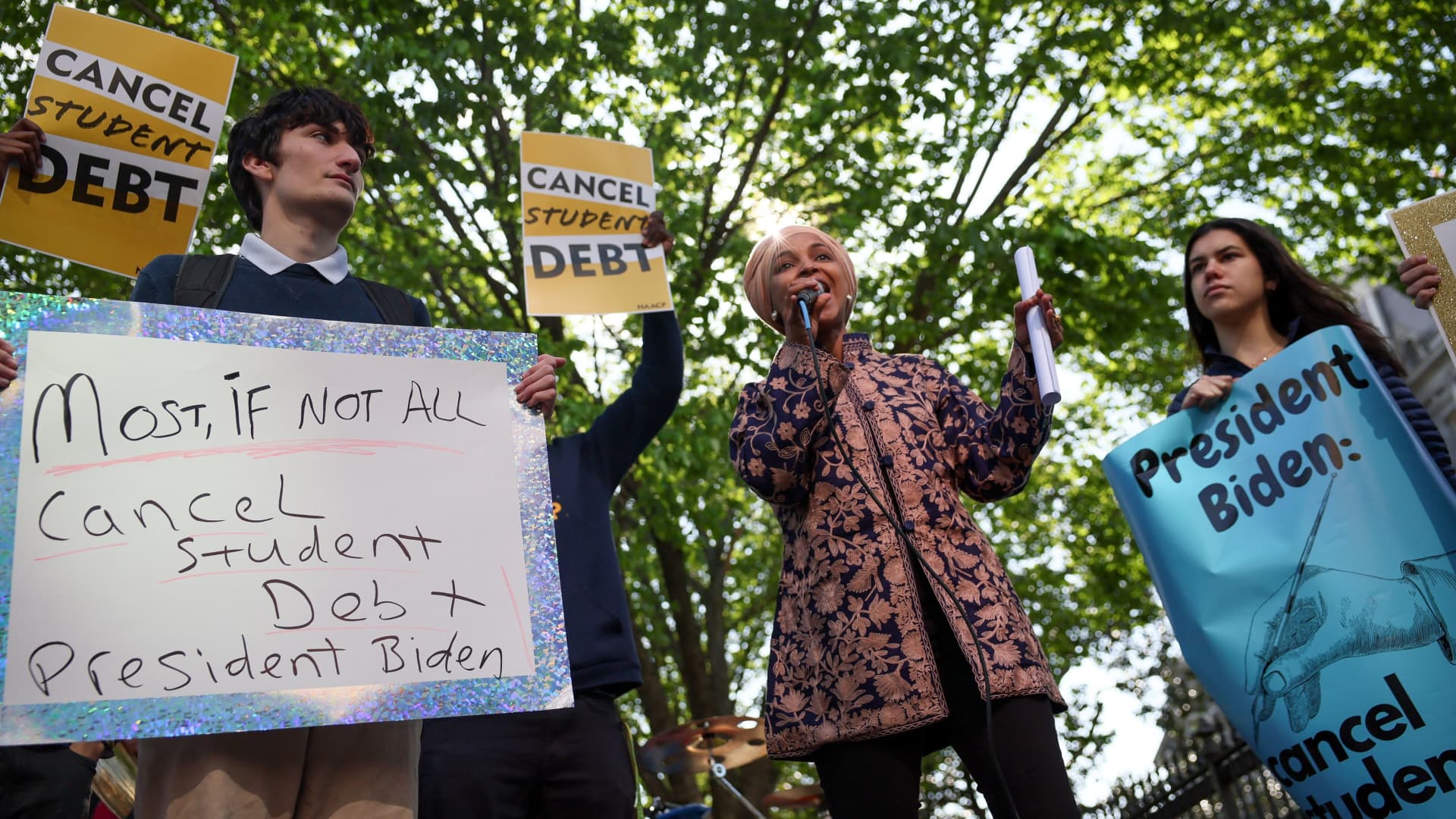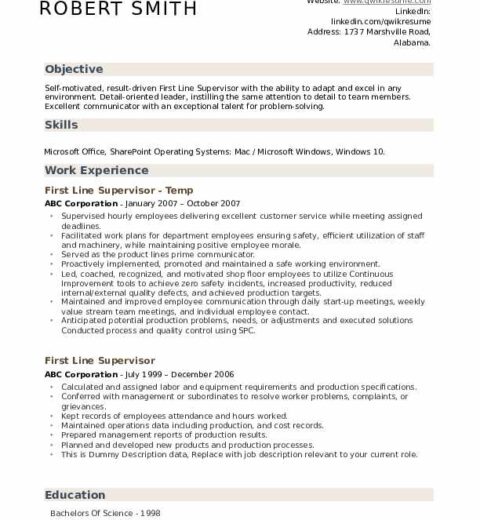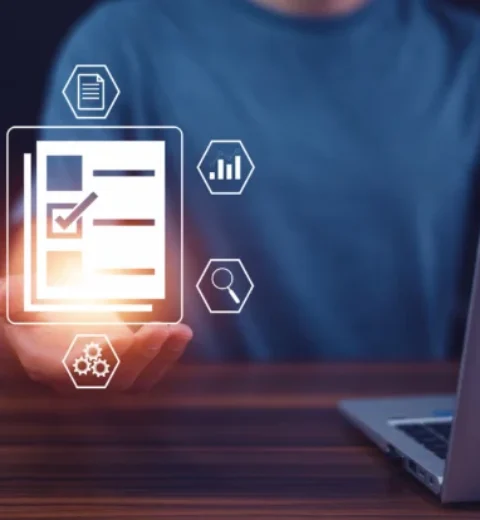In the realm of finance, few challenges have echoed as profoundly as that of student loans. They cast a long shadow over the academic aspirations of many, transforming the once-hopeful pursuit of knowledge into an arena fraught with anxiety and uncertainty. The equanimity of students glibly transformed into concern, especially with the arrival of the pandemic. The moratorium on federal student loan payments created a false sense of permanence, a serene lull amidst a turbulent economic storm. Now, as the clouds of that tranquility begin to dissipate, borrowers are left wondering: When did student loan payments resume? What are the latest updates?
To understand the timeline of student loan payments, it is essential to traverse the landscape carved by the COVID-19 pandemic. In March 2020, as the world paused to assess the immediacy of the crisis, federal student loan payments were suspended. Interest rates were slashed to zero, and collections on defaulted loans were halted. This unprecedented deferment provided an unanticipated boon to millions of borrowers who found themselves grappling with the harsh realities of a disrupted economy.
Initially, borrowers were buoyed by the optimism that this hiatus would be temporary, a brief interlude before a resumption of their financial obligations. However, as months turned into years, the landscape shifted dramatically. The impending end of forbearance marked a watershed moment. Rumors circulated like wildfire, igniting anxiety among those who had come to rely on the cessation of their loan payments.
As of August 2022, the U.S. Department of Education announced the resumption of federal student loan payments, effective from January 2023. This resumption was expected after a long accumulation of postponements that left borrowers in a quagmire of limited information. The decision was met with mixed reactions—some borrowers expressed relief to return to a sense of normalcy, while others felt trepidation at the prospect of reentering a financial system that had, for so long, been parked on idle.
Fundamentally, the resumption of payments was not just about the act of making a financial transaction; it was emblematic of a larger societal transition. It signified the waning of the pandemic’s grip on everyday life, ushering in a new era where adaptive behavior would be paramount. It compelled borrowers to reassess their financial strategies sculpted during the moratorium.
As the January 2023 deadline approached, the Education Department released guidance aimed at easing the transition for borrowers. This included reminders of the various repayment plans available, such as the Income-Driven Repayment (IDR) plans, which tie monthly payments to an individual’s income, thus allowing for more manageable repayment structures. This awareness became crucial as borrowers were tasked with recalibrating their financial landscapes—navigating a renewed value proposition with student loans.
The call for awareness was not just vocal but also visual; there was a concerted push to ensure borrowers understood their obligations. With a wealth of resources available online, including webinars and budgeting tools, the Department aimed to illuminate the once-opaque labyrinth of student loans, allowing borrowers to chart a course toward re-engagement with their financial responsibilities.
Furthermore, discussions in the broader community also led to a resurgence of advocacy around student loan reform. Many borrowers raised valid concerns about the sustainability of the current repayment structures. The dialogue around student loan forgiveness continued to gain traction as graduates expressed how insurmountable their debts felt against the backdrop of stagnant wages. As the conversation evolved, it became increasingly evident that the resurgence of loan payments signified a greater push for systemic change—an awakening to the realities faced by the graduates of a new era.
However, not all borrowers are in the same boat. The concept of “student loan debt” is a multifaceted one, as individual circumstances differ vastly. The challenges faced by a recent graduate versus those who entered the workforce more than a decade ago can be starkly divergent. Some have cushioned themselves through prudent financial practices, while others may have struggled, grappling with the broader economic repercussions of their investment in education.
In light of these varied experiences, financial literacy emerged as a critical asset. As institutions of higher learning began to acknowledge the importance of equipping students with financial acumen, prospective students were empowered to navigate the treacherous waters that student loans can create. The ability to manage debt effectively is now recognized not merely as a life skill, but as a necessity for a successful transition into adulthood.
As we stand at this pivotal juncture, one cannot help but view the resumption of student loan payments as a microcosm of broader societal changes. It reflects not only individual journeys but also collective aspirations. Equally important is the notion that every dollar spent on repaying loans symbolizes a step toward a future where education remains an attainable ideal, rather than a burden. A delicate balancing act ensues for millions—merging the urgent need for repayment with the hope for systemic transformation.
In conclusion, the resumption of student loan payments marks a significant milestone for borrowers across the nation. With the momentum toward financial responsibility gathering strength, the conversation surrounding student loans has evolved in profound ways. As individuals move forward from complacency into a renewed commitment to their obligations, it becomes increasingly clear that the road ahead may be long, yet it is also brimming with opportunity. The journey from a suspended state to one of engagement is not merely about payment—it’s about reclaiming the narrative of education as a pathway to empowerment in a treacherous economic landscape.




